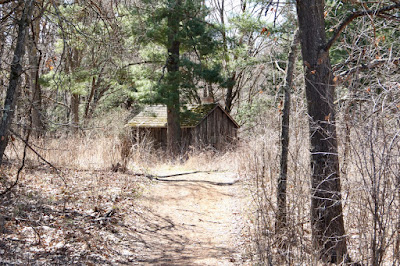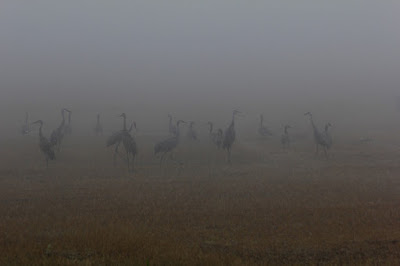 |
| food fit for a deer
Photo by J. Harrington
|
We keep seeing pairs and family-sized small flocks of sandhill cranes in some local fields. If there are any larger flocks assembling nearby, we haven't yet noticed them. The oak trees near the front corner of the drive have been dumping lots of brown acorns onto the ground. Seems early for that. None one seems interested in feeding on them yet. at least we haven't noticed tracks in the mud near the acorns. Then, again, a yearling whitetail doe did stop under the pear tree a bit ago. Checking for fallen fruit we suspect.
 |
| early September acorns
Photo by J. Harrington
|
September's full moon will be almost a month from now, on the 24th. The Ojibwe call it manoominike-giizis, rice moon. In his wonderful A Sand County Almanac, Aldo Leopold calls to our attention what is mostly no longer there in September: the early morning chorus of birdsong. Come September the southerly migration begins for many songbirds. The feeders around the house have been getting emptied much more quickly than when the fledglings were being fed insects rather than finding their way to sunflower seeds and sugar water nectar, and the last bit of grape jelly for the soon to depart Baltimore orioles.
September Midnight
Lyric night of the lingering Indian Summer,Shadowy fields that are scentless but full of singing,Never a bird, but the passionless chant of insects,Ceaseless, insistent.The grasshopper’s horn, and far-off, high in the maples,The wheel of a locust leisurely grinding the silenceUnder a moon waning and worn, broken,Tired with summer.Let me remember you, voices of little insects,Weeds in the moonlight, fields that are tangled with asters,Let me remember, soon will the winter be on us,Snow-hushed and heavy.Over my soul murmur your mute benediction,While I gaze, O fields that rest after harvest,As those who part look long in the eyes they lean to,Lest they forget them.
********************************************
Thanks for visiting. Come again when you can.
Please be kind to each other while you can.

























